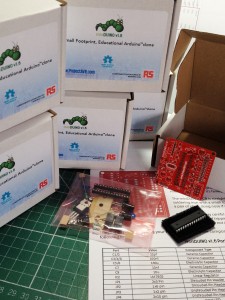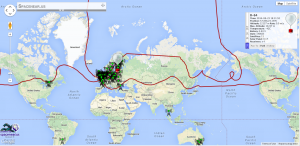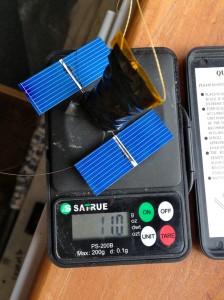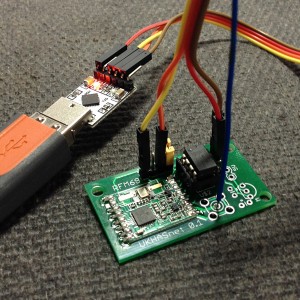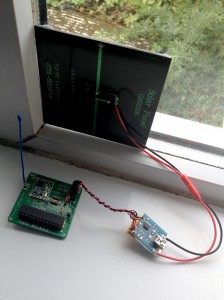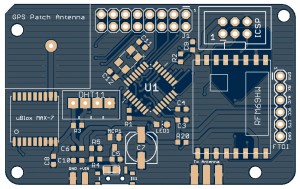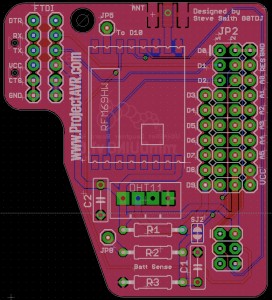It’s been busy at ProjectAVR. I’ve been squirreling away, making up minDUINO kits for the Scouts JOTA event. They are almost finished now. Just a few last minute additions on back-order. The assembly instructions are complete with included circuit diagram and components key.
I managed to find the perfect sized boxes on eBay and print up some natty labels. I wanted to give the impression they were commercial kits.
A special mention has to go to RS Components who have shown outstanding generosity in not only sponsoring the components for the minDUINO kits, but also in supplying five soldering kits for the Scouts to use. These will be invaluable for building the kits but also for their ongoing education in electronics.
Meanwhile, ProjectHAB (still me!) has been working on a High Altitude Balloon payload to demonstrate to the Scouts for their JOTA event on October 19th. Hopefully the conditions will be right for a launch and tracking. I’m going to attempt to get the balloon to ‘Float’. This is when the ascent is slow enough not to rupture the balloon and maintain a steady altitude once it reaches a point of buoyancy. I’ll make an announcement for the launch closer to the time on this blog and on the UKHAS Google Group.
Several amazing achievements have been made in HAB (High Altitude Ballooning) recently. One HAB enthusiast, Leo Bodnar, has circumnavigated the globe with two different balloons, what’s more, they both orbited twice! Leo uses a clever combination of solar powered tracker modules and his own home-made envelopes (balloons) to do this.
Although I don’t expect to circumnavigate the globe with my Scout demonstration, I would like to get into a float and perhaps, be tracked into near Europe.
Another project I have become interested in is UKHASNet. This is an amateur sensor network. It is hoped to use the technology for tracking balloons too so it makes a nice crossover point. I have built two ‘nodes’ so far. One is a gateway and is connected to my main PC. It also samples temperature and sends that information into the system, as well as listening and repeating any other nodes it ‘hears’.
CFORD1, my first node, is based upon an 8-pin LPC810 programmable microcontroller and was designed by James Coxon. The firmware samples the temperature from the RFM69HW transmitter module and together with some other telemetry, it sends that via a serial link to the CR2012 module which converts the serial information to USB. This in turn is received by a Python script running in PythonWIN and then sent to the UKHASNet server.
My second node, CFORD2 designed by Phil Crump, is an ATMEGA328 based design which I’m more at home with (although the LPC180 was a breeze to program). I have made CFORD2 autonomous by providing a Lithium Polymer rechargeable battery fed with solar power from a panel affixed to a window as suggested by Phil.
This node, in common with CFORD1, samples temperature but also the voltage of the battery input to the node. Currently, both nodes are not calibrated so the readings may be very inaccurate but the interesting thing to observe is the trends and how they repeat day after day.
Just like the HAB Tracker CHEAPO, I decided to develop Phil’s circuit a little and add a breakout for the ATMEGA328 pins, a dedicated Temperature/Humidity sensor and include a GPS to avoid having to hard-code the Lat/Lon co-ordinates. I also chose to make the PCB in SMD to keep the boards small. I will be getting these PCBs fabricated in the near future.
Phil’s firmware should run on this board with no change since it is much the same circuit that he designed. It just has a few extras which I will add code for at a later date. I have also designed a daughter board for minDUINO v1.6 boards to expand them into sensor nodes with a simple add-on.
Again, these are based on Phil’s circuit but the daughter board has no GPS on board. I will decide whether to get these fabricated after testing the full GPS Sensor node PCBs. At this point, I will also publish all the design files for the GPS Sensor Node.

